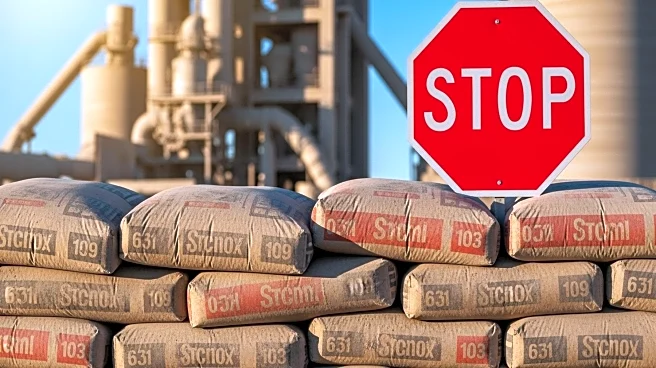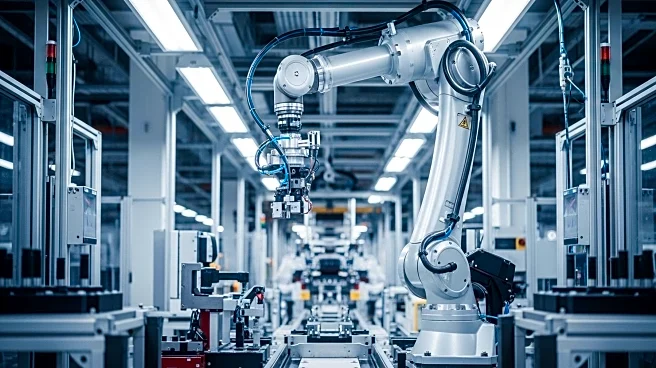What's Happening?
The U.S. industry classified under NAICS 322219, which involves converting paperboard into containers, has experienced a significant decline in the number of establishments over the past decade. According to County Business Patterns, the number of establishments decreased from 348 in 2012 to 266 in 2022, marking a 24% reduction. This category includes businesses that manufacture fiber cans, drums, milk cartons, and sanitary food containers, among other products. The decline reflects broader trends in the industry, which has seen shifts in manufacturing practices and market demands. The establishments vary in size, with small manufacturers accounting for 14% and large manufacturers for 39% of the total establishments.
Why It's Important?
The decline in paperboard container manufacturing establishments highlights shifts in the U.S. manufacturing landscape, potentially impacting employment and economic activity in related sectors. As the industry contracts, it may lead to job losses and reduced economic output in regions dependent on these manufacturing activities. Additionally, the reduction in establishments could affect supply chains and the availability of certain packaging products, influencing industries such as food and beverage, which rely on these containers. Understanding these trends is crucial for policymakers and business leaders to address potential economic challenges and adapt to changing market conditions.
What's Next?
The industry may continue to evolve as businesses adapt to new technologies and market demands. Companies might explore innovations in packaging materials and processes to remain competitive. Policymakers could consider strategies to support affected regions and workers, potentially through retraining programs or incentives for industry diversification. Monitoring future trends in consumer preferences and environmental regulations will be essential for stakeholders to anticipate further changes in the industry.












